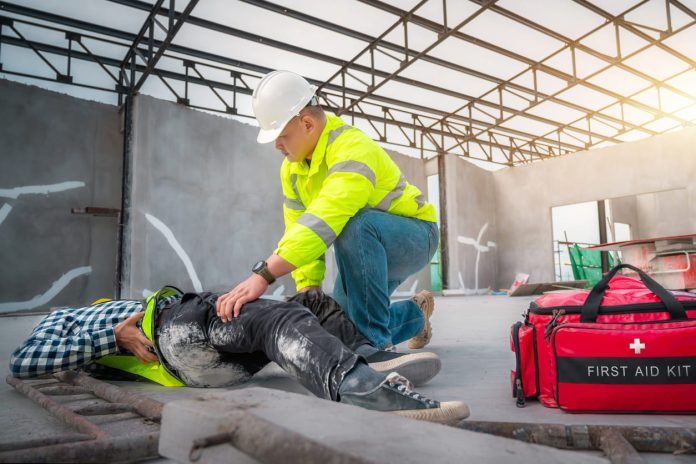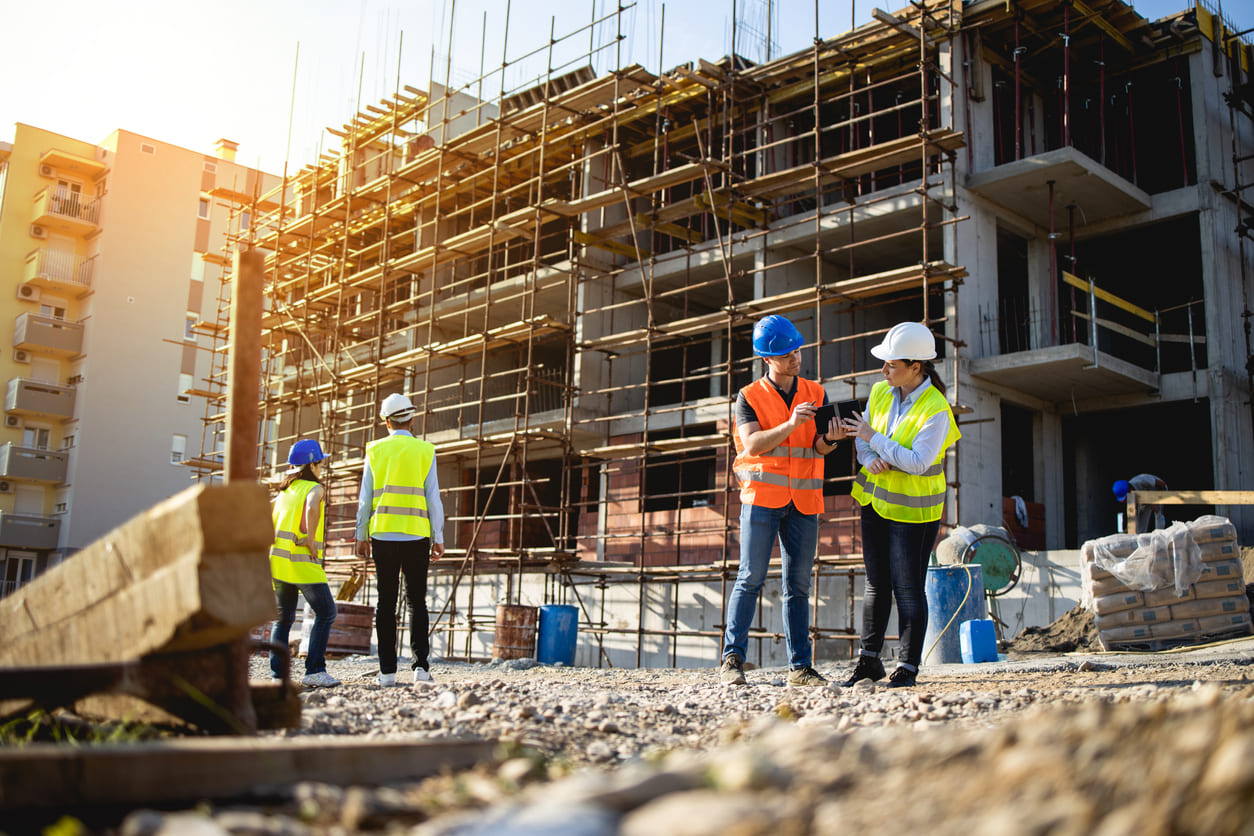Construction sites are inherently dangerous places. The risk of accidents is always present due to heavy machinery, elevated work areas, and a constantly changing environment. It’s crucial to understand the common causes of these accidents and implement effective prevention strategies to maintain a safe construction environment.
This article explores the common causes of construction accidents and how to prevent them.
Common Types Of Construction Accidents
Construction accidents can take various forms, ranging from minor injuries to fatal incidents. The most common types include falls from heights, strikes from falling objects, electrocutions, and heavy machinery accidents. Each type of accident has unique risk factors and requires specific safety measures.
Knowing the legal implications is important in the event of an accident. Consulting a construction accident lawyer can provide guidance on liability issues, workers’ compensation claims, and any necessary legal proceedings. This professional advice can be invaluable in navigating the aftermath of an accident.
Before discussing the importance of legal intervention, let’s examine some common types of accidents, their causes, and prevention methods:
1. Falls From Heights
Falls from heights remain the most significant contributor to fatalities in the construction industry. These tragic incidents frequently result from factors such as:
- Unstable or inadequately secured working surfaces;
- Lack of adherence to safety protocols, particularly the failure to use fall protection equipment;
- Improperly assembled or maintained scaffolding.
To counteract these dangers, a comprehensive approach to prevention is critical. This includes installing robust guardrail systems designed to provide a physical barrier against falls. Additionally, safety nets can offer a secondary line of defense, catching workers if they do fall. Personal fall arrest systems are essential, especially when working at significant heights. These systems can prevent a fall or substantially mitigate the impact if one occurs.
Beyond equipment, the cornerstone of prevention is education and training. Workers must be rigorously trained in the proper use of safety equipment and in recognizing and avoiding potential hazards associated with working at heights. Such training should be an ongoing process, emphasizing the importance of safety and ensuring that all workers know the best practices to prevent falls.
2. Struck-by Accidents
Struck-by accidents in construction can pose a significant risk due to the dynamic nature of work environments. Workers often find themselves near moving vehicles, machinery, and the potential hazard of falling objects such as tools and debris. To mitigate these risks, maintaining well-organized work areas is crucial. This organization can help minimize the clutter that can contribute to accidents.
Additionally, workers must wear high-visibility clothing. Wearing high-visibility clothing ensures that workers are easily seen by operators of vehicles and machinery, significantly reducing the likelihood of accidents. This combination of site organization and appropriate personal protective equipment is a fundamental strategy in decreasing the frequency and severity of struck-by incidents in construction settings.
3. Electrocution Hazards
Electrocution hazards in construction are a critical concern, often arising when workers accidentally encounter live electrical wires or equipment. To prevent such dangerous incidents, the implementation of proper lockout/tagout procedures is essential. These procedures ensure that electrical systems are safely shut off and can’t be inadvertently reactivated during maintenance or construction activities. Regular inspections of electrical equipment also play a vital role, helping to identify and rectify potential hazards before they lead to accidents.
Moreover, all construction workers need comprehensive training in electrical safety. This training should cover identifying electrical hazards, using appropriate protective gear, and emergency response procedures. Overall, these measures form a robust strategy to reduce the risk of electrocution on construction sites significantly.
4. Heavy Machinery Accidents
Heavy machinery accidents in construction involving equipment like bulldozers, cranes, and excavators represent a major safety concern. While essential for construction tasks, these machines can be extremely hazardous to the operators and the workers in their vicinity.
To mitigate these risks, comprehensive training for operators is paramount. This training should encompass not only the operational aspects of the machinery but also safety protocols and situational awareness. Regular maintenance and inspections of the machinery are equally important, ensuring all equipment functions as intended and any mechanical faults are addressed promptly to prevent malfunctions.
Additionally, clear and effective communication protocols on construction sites are crucial. These protocols facilitate the coordination between machine operators and ground personnel. This can enhance overall site safety and reduce the likelihood of accidents involving heavy machinery.
Implementing A Safety Culture
Implementing a safety culture in construction transcends regulatory compliance. It requires fostering an environment where safety is a shared responsibility, and every worker feels responsible and empowered to raise safety concerns. This culture is nurtured by leadership that consistently prioritizes safety, integrating it into every aspect of the construction process.
This culture can enhance overall safety and promote a sense of collective responsibility and vigilance. This can lead to a more proactive approach to identifying and mitigating potential hazards on the construction site.
Conclusion
Construction accidents have various causes, but many can be prevented with proper knowledge, training, and commitment to safety. By understanding the common types of accidents and their causes and implementing comprehensive prevention strategies, construction sites can become safer for all workers involved.





































